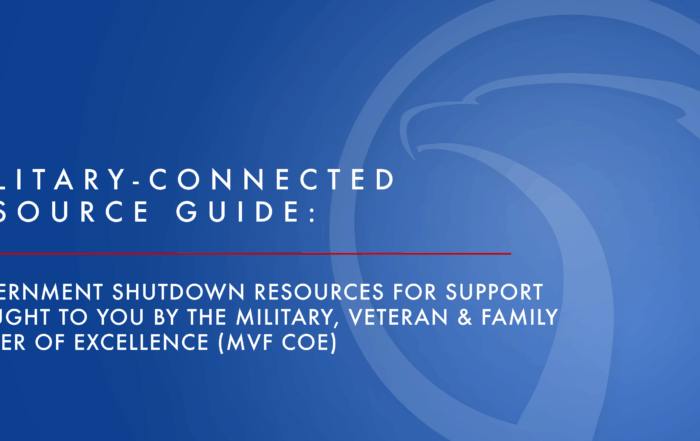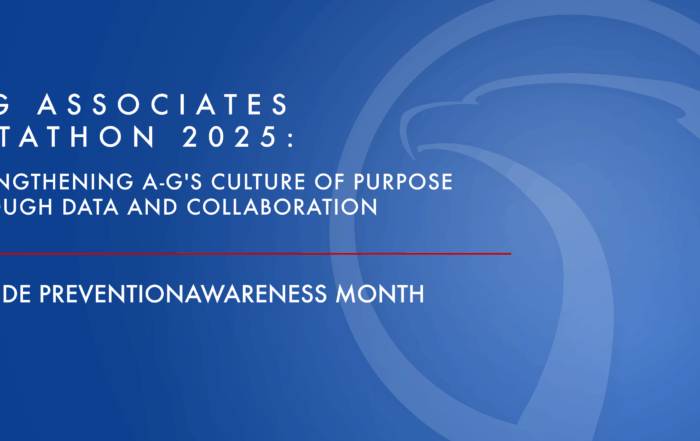Veterans, Firearms, and Reducing Suicide
The Problem:
Servicemember and veteran suicide isn’t an easy topic to talk about. Cultural stigma, emotional discomfort, personal experience, or having friends who died by suicide often make the subject difficult to discuss for servicemembers, veterans and family members. While suicide prevention campaigns are vital, it is important to address some of the finer points of why the rate of suicide for veterans is about one and a half times the rate for non-veterans.
The relationship between military members and veterans and firearms is unique, and worth exploring how it relates to suicide. Given the accessibility, training, and definitive need for firearms, many servicemembers come to value them as part of their personal identity, culture, and safety. Nearly half of all veterans own a firearm following their military service.
For people who experience thoughts of suicide, means matter. Ninety percent of suicide attempts are fatal when a firearm is used. The accessibility of a firearm and the lethality of firearm suicide attempts are directly related to the increased risk of suicide for servicemembers and veterans. According to VA’s 2022 National Veteran Suicide Prevention Annual report, about 71% of veterans who die by suicide die by firearm suicide.

The term lethal means safety refers to efforts taken to reducing the likelihood of death by a specific method of suicide. Lethal means safety strategies place time and distance between a person and any chosen suicide method. We’ve known for decades that these strategies are effective: barriers, fencing, and safety netting around bridges and buildings, non-toxic cooking gas, and even medication via prescription or in blister packs are examples of public health efforts that have lowered suicide rates. Safe and secure firearm storage is also an effective strategy of lethal means safety.
The Department of Veterans Affairs (VA) and others in the Veteran Service Organization (VSO) community have been leading these conversations through several Lethal Means Safety outreach campaigns. Secure firearm and ammunition storage strategies can be explored before a firearm owner is ever in crisis — the conversation about implementing personal strategies can dramatically reduce the risk of a suicide attempt.
But these crucial conversations often start from different places. Public health or behavioral health professionals often focus on the increased risk of suicide when a firearm is accessible. Gun owners, in general, prefer to own firearms as a primary method of personal, family, or business protection. These perspectives are common and the gap between these ideas makes conversations about suicide prevention and lethal means safety difficult.
These conversations are necessary despite their difficulty. To reduce the rate of military and veteran suicide, we must reduce the rate of firearm suicide. To do that, we must find common language, approach, and purpose for the conversation about lethal means safety strategies and firearms. Increasing the time and distance between a person thinking of suicide and an accessible, useable, firearm (or any method of suicide) may be the most important and effective action a person can take to survive.
What to Remember:
The content of these conversations is challenging and can be emotionally charged. But there are some simple things that can set the framework for how to have these conversations:
- Always remember that you want to speak with someone rather than at them. People are highly invested in conversations about firearms, and the conversation must be meaningful to both people.
- There are deep cultural elements to firearm ownership. If someone is outside of this culture, entering the conversation with respect and curiosity is imperative. This tends to be especially true when a non-gun-owner may be talking with someone from a military or law enforcement background, where firearms were an expected part of someone’s personal and professional life.
- Safety is often a shared value for gun owners and non-gun owners. The connection between suicide prevention strategies and secure firearm storage isn’t necessarily a simple conversation, but with a focus on safety, people tend to come together to find solutions that work well for everyone.
Effective Programs and Workshops:
Importantly, there are effective ways to engage and identify feasible lethal means safety strategies for servicemembers, veterans, or anyone else who has deep professional, personal, or cultural ties to firearms. Established lethal means safety programming can be offered to professionals, individuals, and even directly to military, veteran, or law enforcement personnel. We’ve found that these conversations are effective and increase the rate at which gun-owners store firearms securely for the purposes of preventing personal or family-member suicide.
For example, in a recent A-G Associates training with a 900-member special forces battalion, pre and post survey results indicate that understanding lethal means safety is an important component of suicide prevention increased from 23% before the workshop to 62% after. Three months following the training, 34% of servicemembers who attended the workshop changed the way they store weapons because of information presented during the workshop. These conversations are feasible, effective, and imperative for the purposes of suicide prevention.
Conversations about suicide and firearms need not be about gun ownership or civil liberties. It is easy to land in an argument when these are abstract ideas. But for friends or family members who are at risk of suicide, the only agenda is to respond to a person in crisis and find a path towards safety. The specific conversation is simply about caring for those around us, and safety — ensuring there is time and distance between people and means during a suicidal crisis — is a value we can all believe in.
For more information about suicide prevention, lethal means safety trainings, or workshops for active duty, veterans, law enforcement, behavioral health clinicians, general audiences, or other invested groups, please reach out to A-G Associates.
Ted C. Bonar, PsyD is a clinical psychologist and Chief Clinical Officer and Subject Matter Expert for Military, Veterans, and Families Center of Excellence (MVF-COE). Mackenzie Wolf is the MVF-COE Veterans Engagement Expert and a veteran of the United States Marine Corps. Main photo taken by Airman 1st Class Saomy Sabournin.



